There’s something amazing about the animal kingdom’s nose know-how. While humans might think our sense of smell is decent, many creatures leave us in the dust with their extraordinary olfactory abilities. Whether they’re hunting, navigating, or communicating, these animals use their superhuman sniffers in fascinating ways. Let’s dive into the world of extraordinary noses and uncover 13 animals that have honed the art of smelling to a science.
1. Bloodhound Detectives
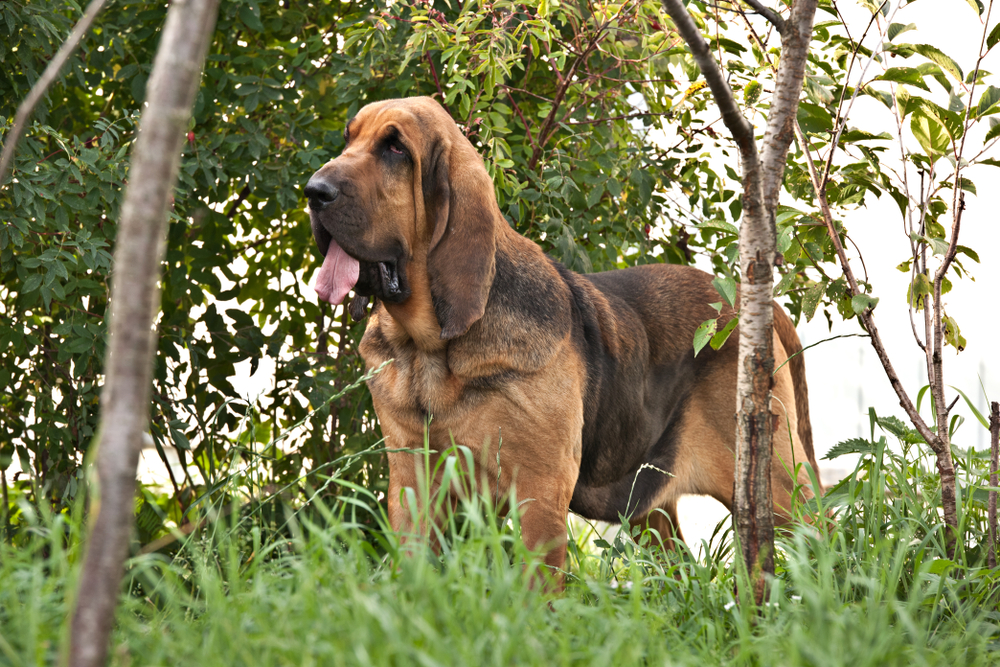
When it comes to following a scent, bloodhounds are the Sherlock Holmes of the canine world. These droopy-eared detectives can track a trail that’s days old, thanks to their 300 million scent receptors. Compare that to a human’s mere 5 million, and it’s no wonder these dogs are often called upon to search for missing persons. Their remarkable noses can discern one person’s scent from others in a crowd, showcasing their unparalleled tracking prowess. This olfactory expertise isn’t just a talent; it’s a lifesaving skill.
2. Elephants: Silent Communicators
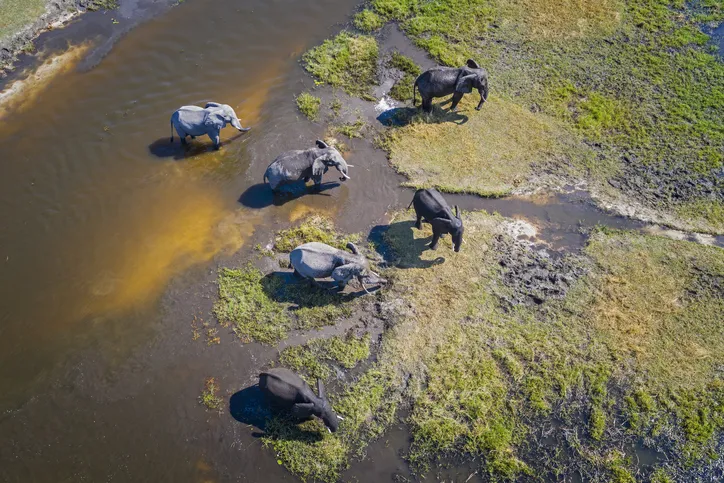
With trunks that can sense water from miles away, elephants are olfactory giants in every sense. But their super sense of smell isn’t just for finding water; it’s a key tool for communication. Elephants detect pheromones and other scent markers to identify members of their herd or sense danger. Their trunks are equipped with more receptor genes than any other land animal, making them experts in the fine art of sniffing out survival cues.
3. Sharks: Underwater Bloodhounds
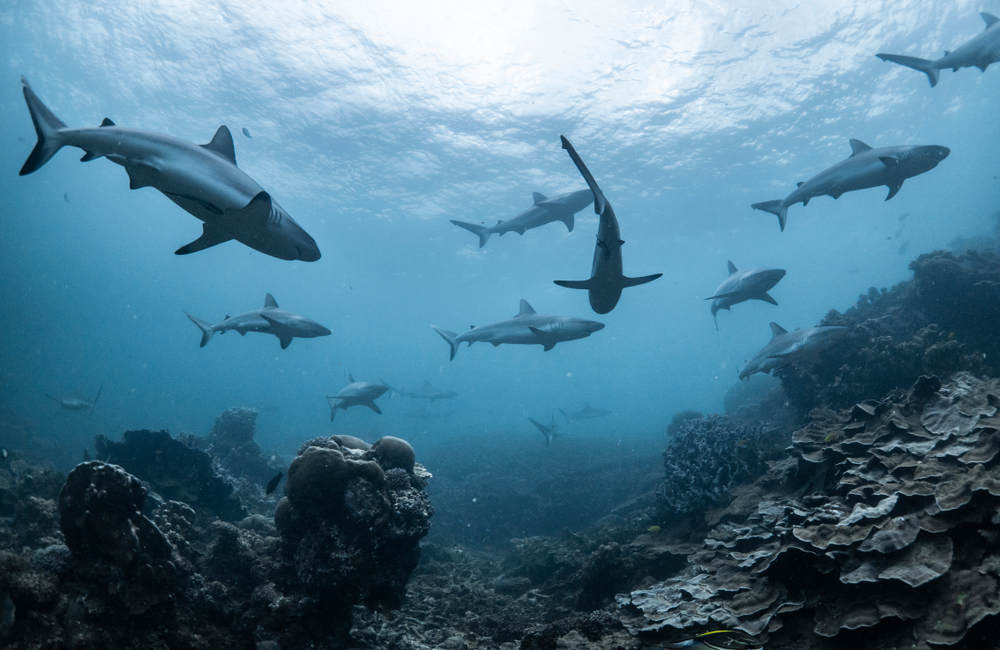
In the ocean depths, sharks reign supreme with senses that defy human comprehension. Their ability to detect a single drop of blood in millions of gallons of water highlights their olfactory superiority. Sharks have highly sensitive nostrils that help them pick up on chemical cues, guiding them to prey with precision. This acute sense of smell is crucial for their role as apex predators, making them formidable hunters of the sea.
4. Moths: Nighttime Navigators
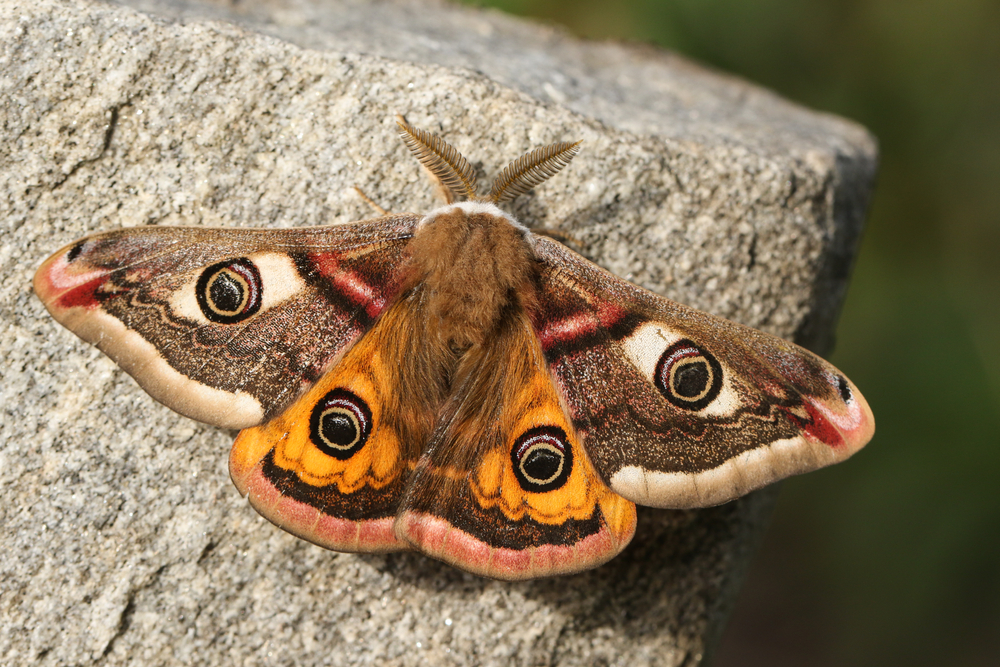
While they might seem unremarkable, moths are secret olfactory ninjas. Nocturnal and unassuming, they possess a sense of smell that can detect pheromones from miles away, even in the dark. This sense is vital for finding mates and food sources in the cover of night. The male moth’s ability to track down a female using scent alone is a testament to their highly tuned olfactory antennae, turning them into masters of the night sky.
5. Bears: Forest Foragers
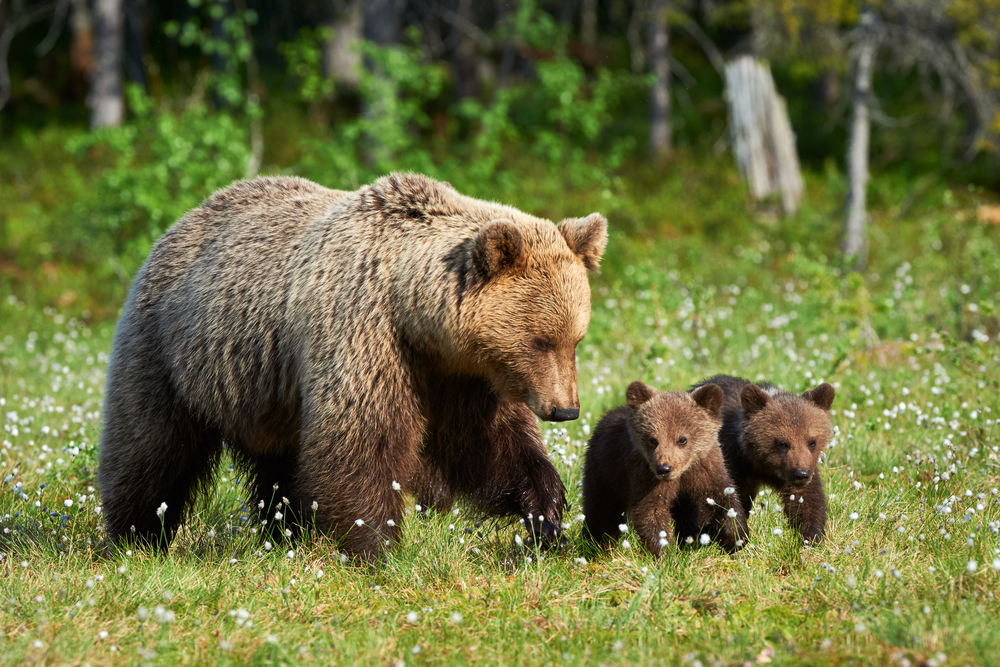
Bears are not just burly, they’re brilliant at sniffing out sustenance in the wild. With a sense of smell seven times stronger than a bloodhound’s, they excel at detecting food from miles away. Whether it’s ripe berries, a carcass, or human leftovers, bears rely on their noses to lead them to nourishment. This exceptional sense of smell is essential for survival, especially as they prepare for hibernation and need to pack on the pounds.
6. Dogs: Everyday Heroes
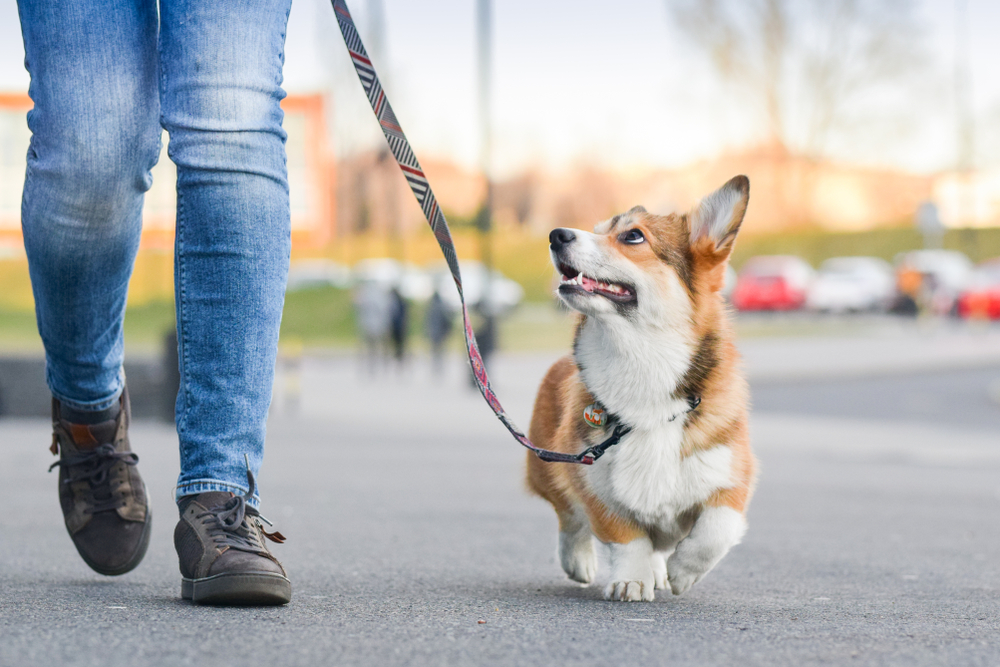
While bloodhounds have a special mention, let’s not forget our everyday canine companions. Dogs, in general, have an extraordinary sense of smell that serves multiple roles, from detecting medical conditions to aiding search and rescue missions. Their noses are so sophisticated that they can even sense changes in human emotions. This ability to smell the unseen and unheard makes them invaluable partners in human life, providing joy and safety in equal measure.
7. Rats: Unsung Scent Saviors
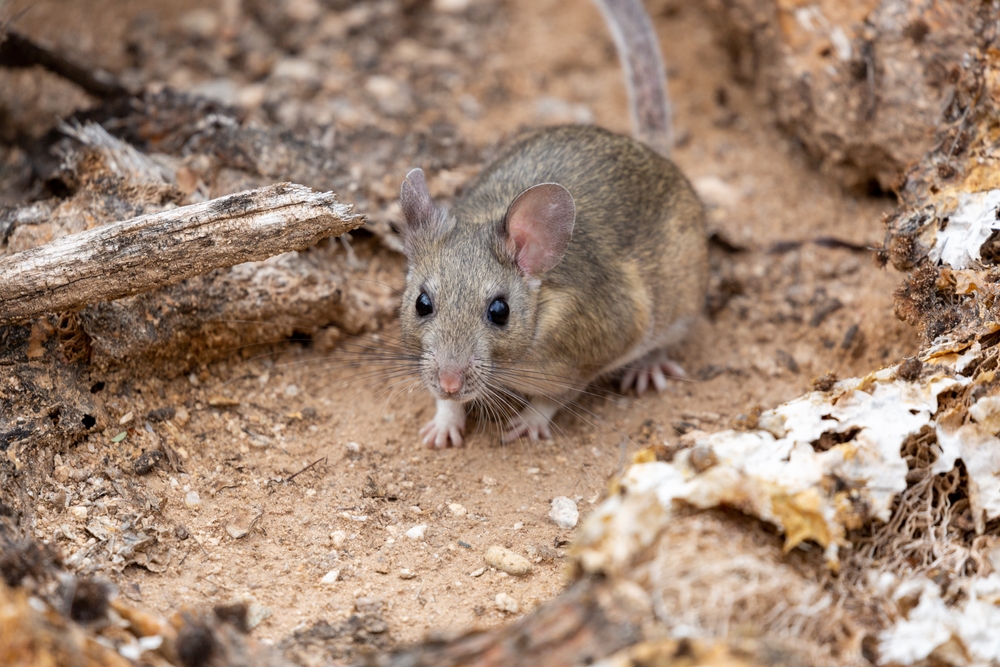
Rats might not be the first animal you think of when it comes to superior senses, but they have a surprisingly powerful sense of smell. Trained rats have been used to detect landmines and diagnose tuberculosis in developing countries. Their ability to identify specific scents amidst a lot of noise makes them cost-effective, low-maintenance heroes in scenarios where human technology falls short. These underappreciated rodents are proving that smell can save lives.
8. Wolves: Wilderness Whizzes
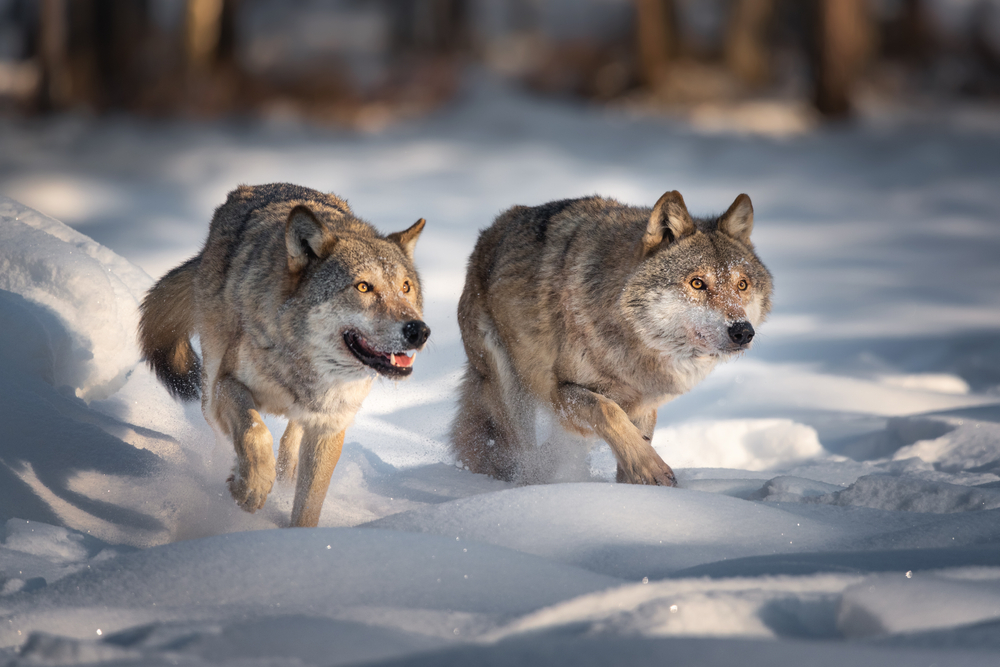
Wolves navigate their world with an unmatched sense of smell that guides their pack dynamics and hunting strategies. They can detect prey several miles away, pinpointing scent trails that guide them across vast territories. Their noses help them understand social hierarchies and maintain pack order through scent-marking. This olfactory communication is integral to their survival, allowing them to thrive in diverse environments.
9. Kiwi Birds: Ground-Level Scent Seekers
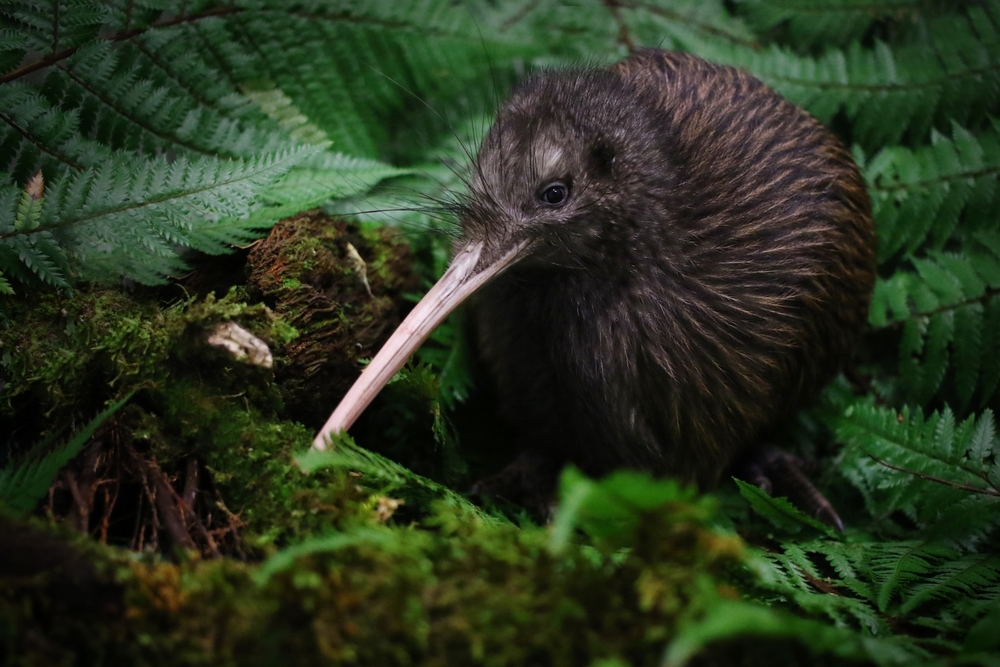
In the bird kingdom, kiwi birds stand out with their unique approach to foraging. Unlike most birds, kiwis rely on their keen sense of smell to find insects and worms underground. Their nostrils are located at the tip of their beaks, enabling them to sniff out food hidden beneath the soil. This adaptation is a testament to their evolutionary ingenuity, allowing them to survive in their forest floor habitats.
10. Cats: Scent Stealth
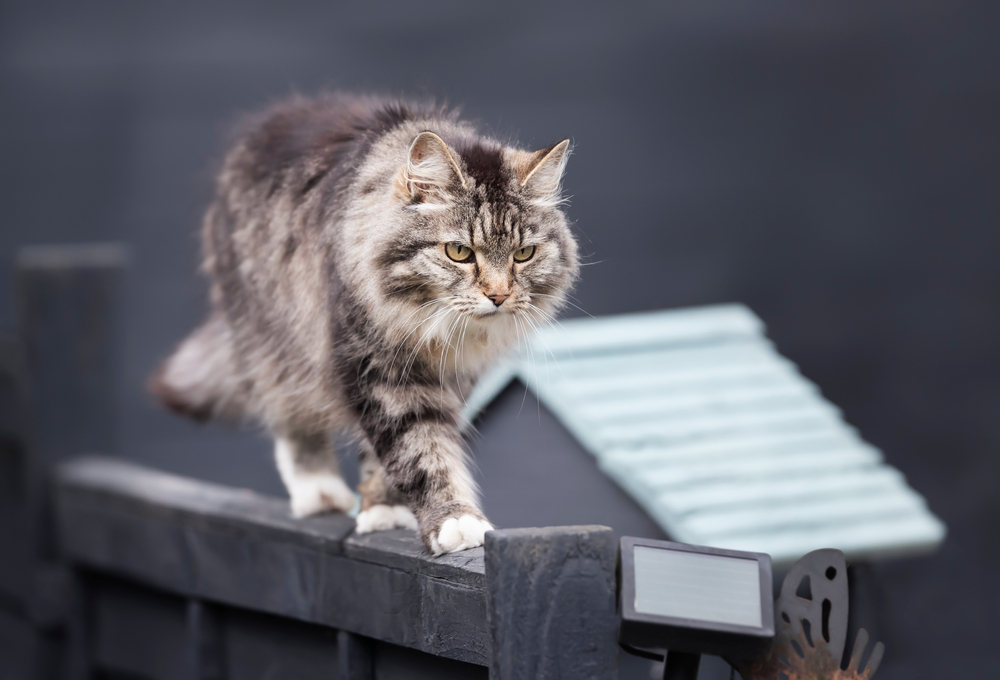
Cats, with their stealthy demeanor, also possess a refined sense of smell that aids in hunting and territory marking. While not as powerful as some animals on this list, a cat’s nose is still about 14 times more sensitive than a human’s. This allows them to pick up subtle scents in the air, which can indicate the presence of prey or rival cats. Their ability to “read the room” with their noses gives them an edge in their feline world.
11. Snakes: Chemosensory Specialists
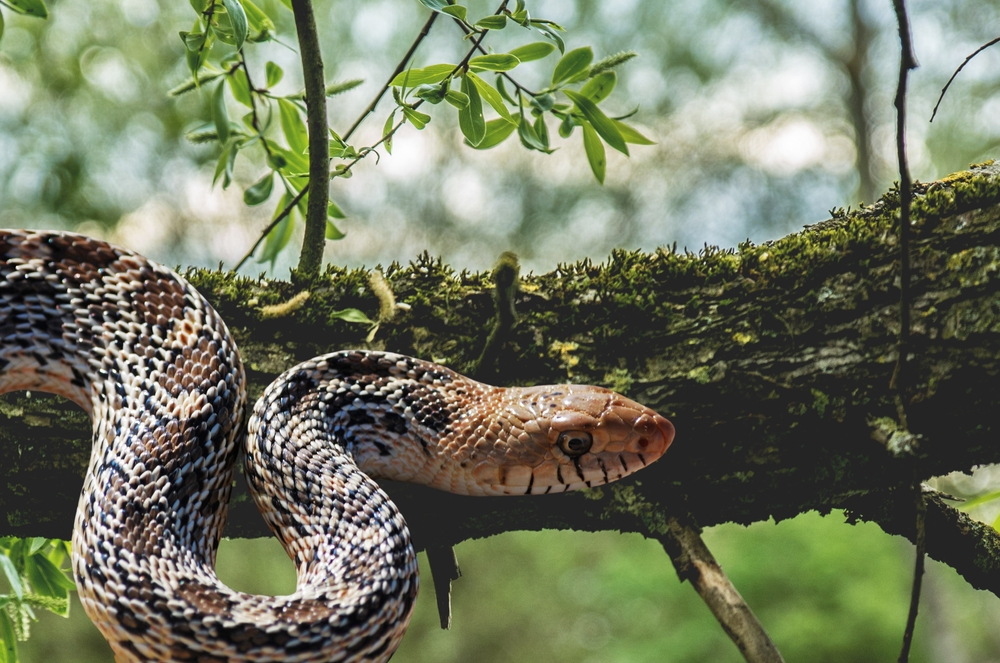
Snakes use their forked tongues to sample the air and deliver scent particles to a special organ called Jacobson’s organ. This chemosensory system allows them to “taste” the air and detect prey, predators, and potential mates. It’s a form of olfactory radar that guides them through a life of stealth and survival. Snakes’ reliance on scent over sight underscores their unique position in the animal kingdom’s sensory landscape.
12. Salmon: Migratory Masters
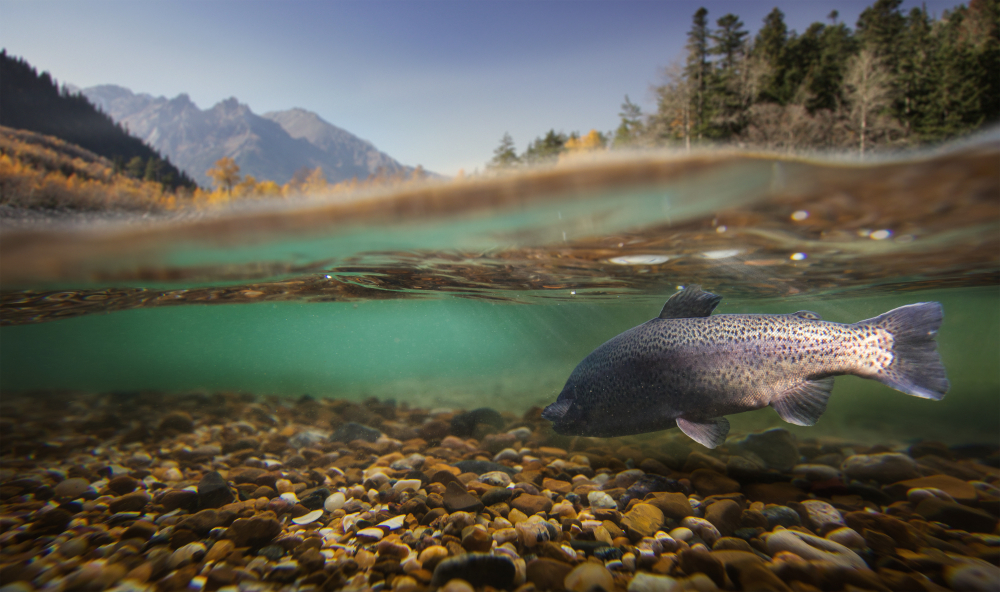
Salmon are famous for their incredible journeys back to their spawning grounds, and they owe this navigational feat to their acute sense of smell. These fish use olfactory cues to detect the unique scent of their birth streams, guiding them across vast oceanic distances. This scent-driven homing ability ensures the continuation of their lifecycle, proving that even underwater, smell is a powerful tool for survival.
13. Vultures: Sky-High Scavengers
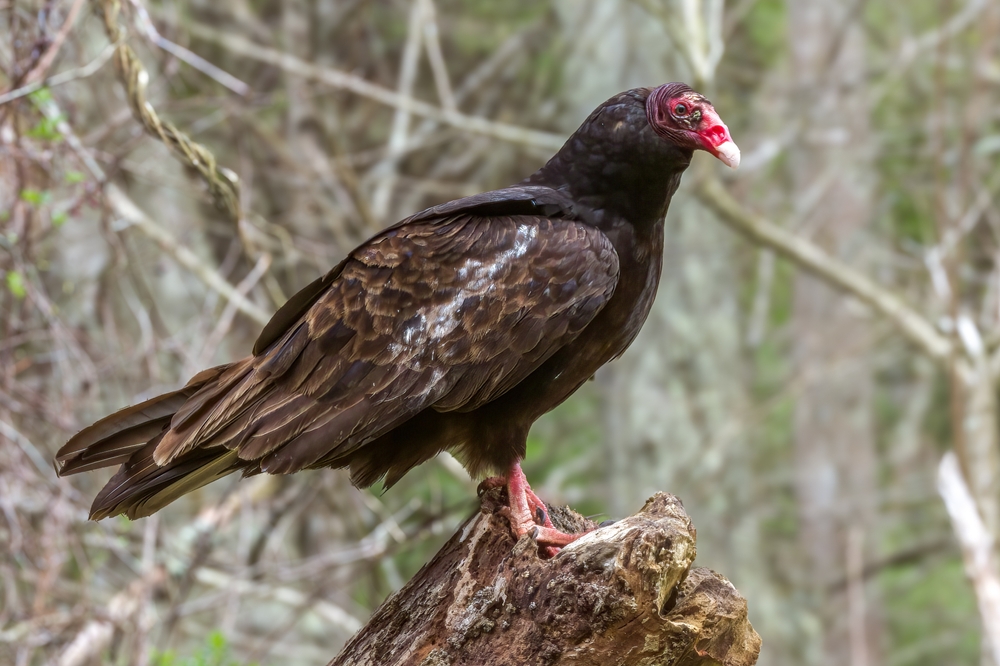
Vultures may soar high in the skies, but they rely heavily on their sense of smell to locate carcasses from great distances. Their ability to detect the scent of decay allows them to find food that would otherwise remain undiscovered. This olfactory prowess plays a vital role in the ecosystem, as vultures help to clean up and recycle nutrients. Their noses lead them to sustenance, showcasing the importance of smell in maintaining environmental balance.
